|
|
Post by sharkman4928 on Sept 9, 2013 22:45:18 GMT -8
I was talking to George Fee at the Legends Event and he told me about a company that was re-making the old oval masks out of real rubber with the old molds. GF told me that if I could find one, buy it! Well, apparently, Vintage Double Hose has got some back in stock and I snagged one before they are sold out. I used it today in the pool at Aqua Hut in Toledo, Oh. The night before, I soft scrubbed the heck out of the glass and it worked very well. A very nice mask! The rubber is soft and supple just like they were fresh out of the box in the 1970's! If you haven't bought one of these yet, I suggest you get to it before they are gone! Here is a link to where you can find them: link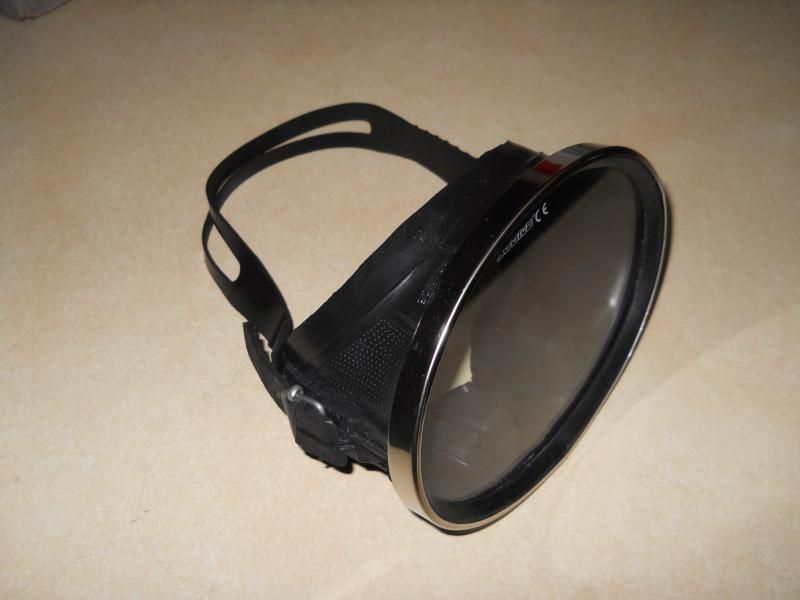 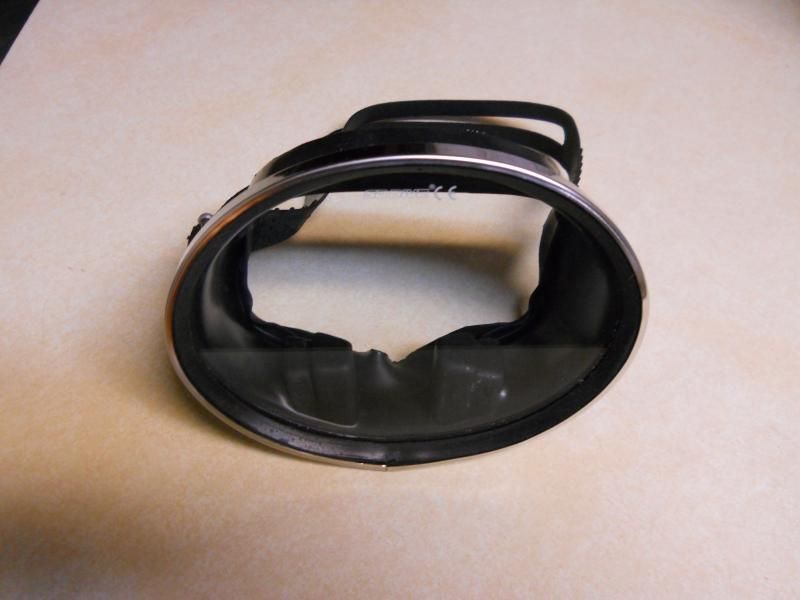 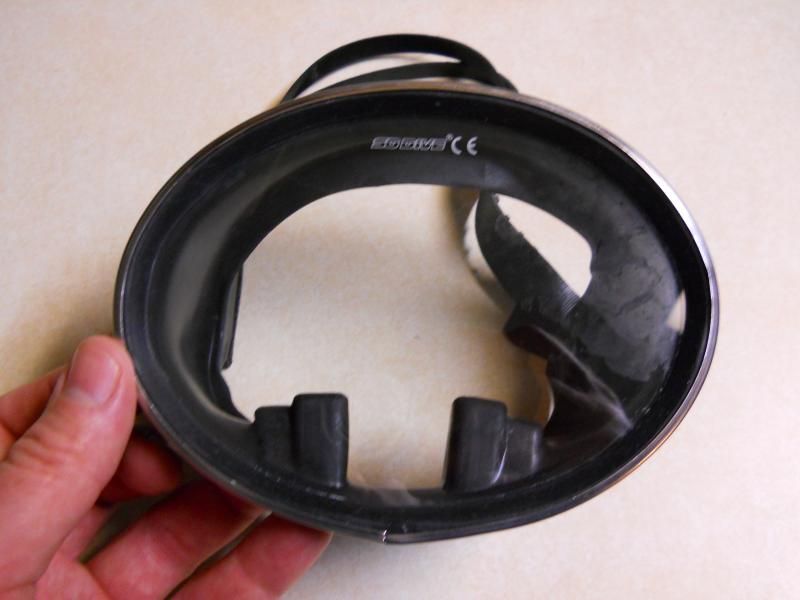 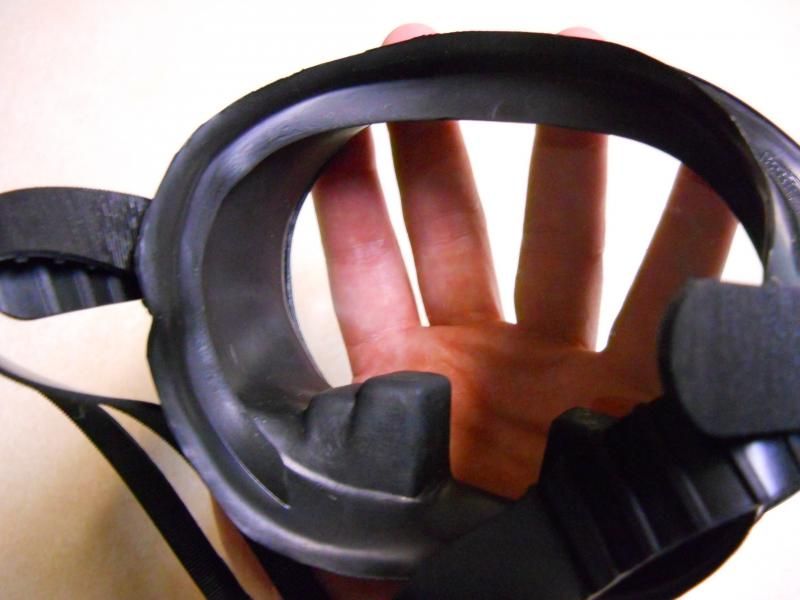 We did a lot of DH Reg buddy breathing, mask swapping (under water) and mask flooding and clearing.....it performed well. Just thought I would pass the info along. Mike |
|
|
|
Post by DavidRitchieWilson on Sept 10, 2013 2:49:57 GMT -8
Nice mask! "So Dive" is one of the French Sommap company's brands. The firm has been around since 1970 and its name derives from its full title "Société Méditerranéenne de Matériels de Pêche sous-marine" (Mediterranean Underwater Fishing Equipment Company). They are headquartered in Aubagne near the port of Marseilles in the south of France. You can see the full range of new vintage-style masks they manufacture on their website at Sommap Vintage MasksThe range includes a couple of models with a stainless-steel screw on the front at the top, the "Madera" and the "Colombo":   I own a Sommap "Visiomer" mask and a pair of their "Esterel" traditional rubber fins.  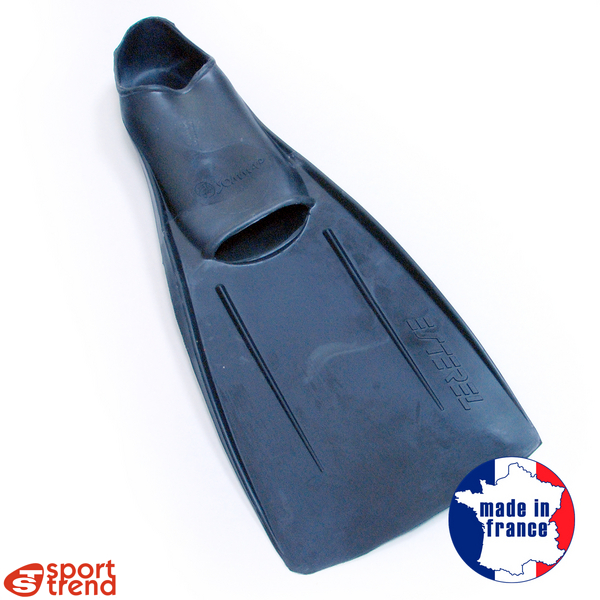 You can download Sommap's complete catalogue at: Sommap catalogueBeuchat, the French company which invented Jetfins, also manufactures traditional rubber dive masks: Beuchat Super Compensator MaskBeuchat Senior Securit MaskLiving as I do in Europe, I admire the French for continuing to offer a choice when it comes to dive fin and mask materials. I wish UK diving equipment manufacturers and suppliers were prepared to do the same! |
|
|
|
Post by SeaRat on Sept 10, 2013 18:52:36 GMT -8
DavidRickieWilson,
From the Sammap website, it appears that both the Mohana and the Columbo are the same style, and possibly from the same mold, as the U.S. Divers Champion Deluxe from the 1960s. I have one, and it is a very nice-fitting mask.
John
|
|
|
|
Post by DavidRitchieWilson on Sept 10, 2013 22:56:02 GMT -8
Interesting information, John. I knew that fin molds routinely changed hands after the tupperware revolution. Cressi's Rondines may have gone to Cobra sub of Brasil, although you can't really tell because there were, and are, so many Rondine clones around, including Oceanways Aquapros:  while Mares sent their Sea Kings and Concordes to Adalılar Kauçuk of Turkey:   The old molds are getting a new lease of life in those two countries. I wasn't aware of mask molds being exported as well. David |
|
|
|
Post by nikeajax on Sept 11, 2013 10:35:46 GMT -8
Yeah, I see the Oceanways a lot: that dang bird, is it supposed to be a Swallow... Gosh, I was right: 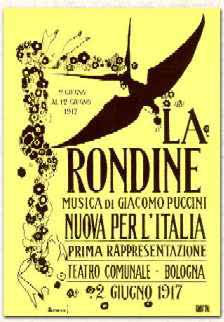  Jaybird |
|
|
|
Post by DavidRitchieWilson on Sept 11, 2013 23:04:48 GMT -8
Yeah, I see the Oceanways a lot: that dang bird, is it supposed to be a Swallow... Gosh, I was right:   Jaybird Indeed. One of the contributors on Scubaboard reckoned it's a "barn swallow" (Hirundo rustica)  chosen by Cressi "because they are considered graceful and fast in the town in Italy where Cressi was started." That town was presumably Genoa. I do hope the good citizens of Genoa just admired the bird's flying skills. Here in the UK, we hear stories about Italian hunters shooting small migrating songbirds for the table, which might explain the popular perception in the British Isles that there are fewer songbirds than there used to be decades ago. Cressi Rondine clones such as Oceanways Aquapros are popular "resort fins":  The picture above is of British actress Helen Mirren preparing to snorkel with her light blue Oceanways Aquapros while vacationing in Hawaii. David |
|
|
|
Post by nikeajax on Sept 12, 2013 8:34:59 GMT -8
David, two of your song birds that are in decline in Europe, are the House Sparrow, Passer domesticus, and European Starling, Sturnus vulgaris, but here in the States, they're a horrible pest and steadily growing--yeah, I'd eat 'em too, if I could get enough of them! They have a nasty habit of invading the nests of American Swallows and other birds, and destroying the eggs, or killing the babies. Evidently a while back, some (expletive-deleted) who was a Bill Shakespeare-Zealot, decided he needed to bring all the animals that ol' Bill wrote about to the States--GRRRRR! I'm a "birder", hence the name "Jaybird"... The decline is more about habitat loss, than to hunting!
Since I don't have a mask with the pinch-pockets, I never thought about the way they work: are they for equalization?
Jaybird
|
|
|
|
Post by DavidRitchieWilson on Sept 12, 2013 9:22:10 GMT -8
Jaybird, you are so right about the decline of those two particular bird species in Europe. I remember from my childhood big flocks of house sparrows feeding in our back garden, while such a sight is a comparative rarity nowadays. Starlings too were relatively common fifty years ago, and now I only see them eating scraps of food outside bakery stores here in the UK; I love the way they strut around and seem at ease with the passers by. I had no idea that both types of bird were now in abundance States-side, causing havoc among the indigenous bird species. Here in the UK, the bird pests are pigeons, which some people here call flying rats as they infest our city centres, leaving their droppings everywhere. Magpies have also grown in numbers here in the North East of England; it's just a coincidence that my local professional soccer team are called the "Magpies" because they play in black and white stripes!
The North American bird I longed to see for many years on my visits to Minneapolis (my brother lives there) was the common loon. Eventually I got to see several of them on a lake in northern Minnesota and I still recall their haunting cry. It's the state bird of Minnesota, as I'm sure you already know.
As for the "pinch pockets" on either side of where the nose goes on the diving mask, yes, they were "compensators", designed for equalisation purposes.
David
|
|
|
|
Post by nikeajax on Sept 12, 2013 11:44:01 GMT -8
David, PM sent...
Jaybird
|
|